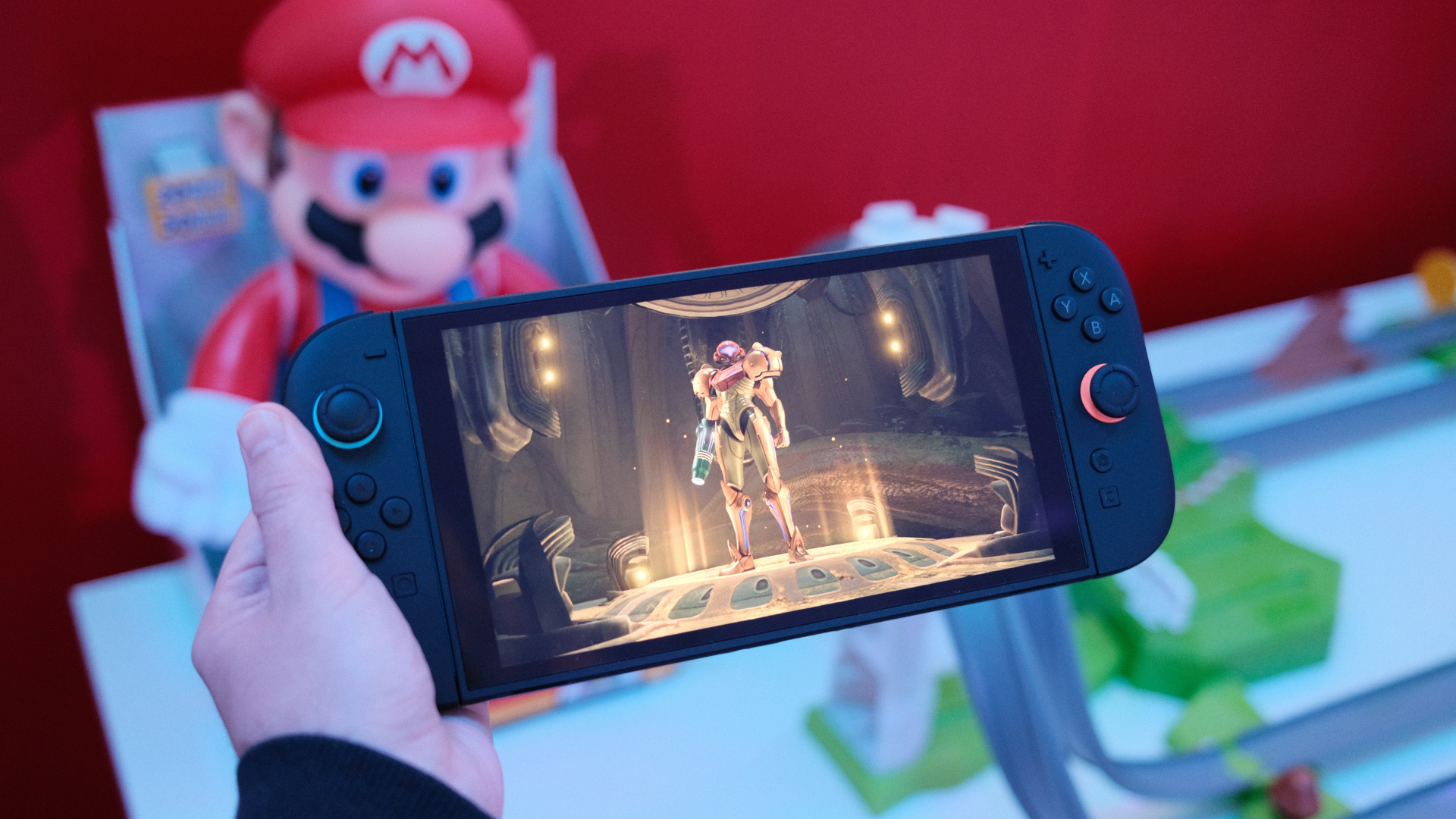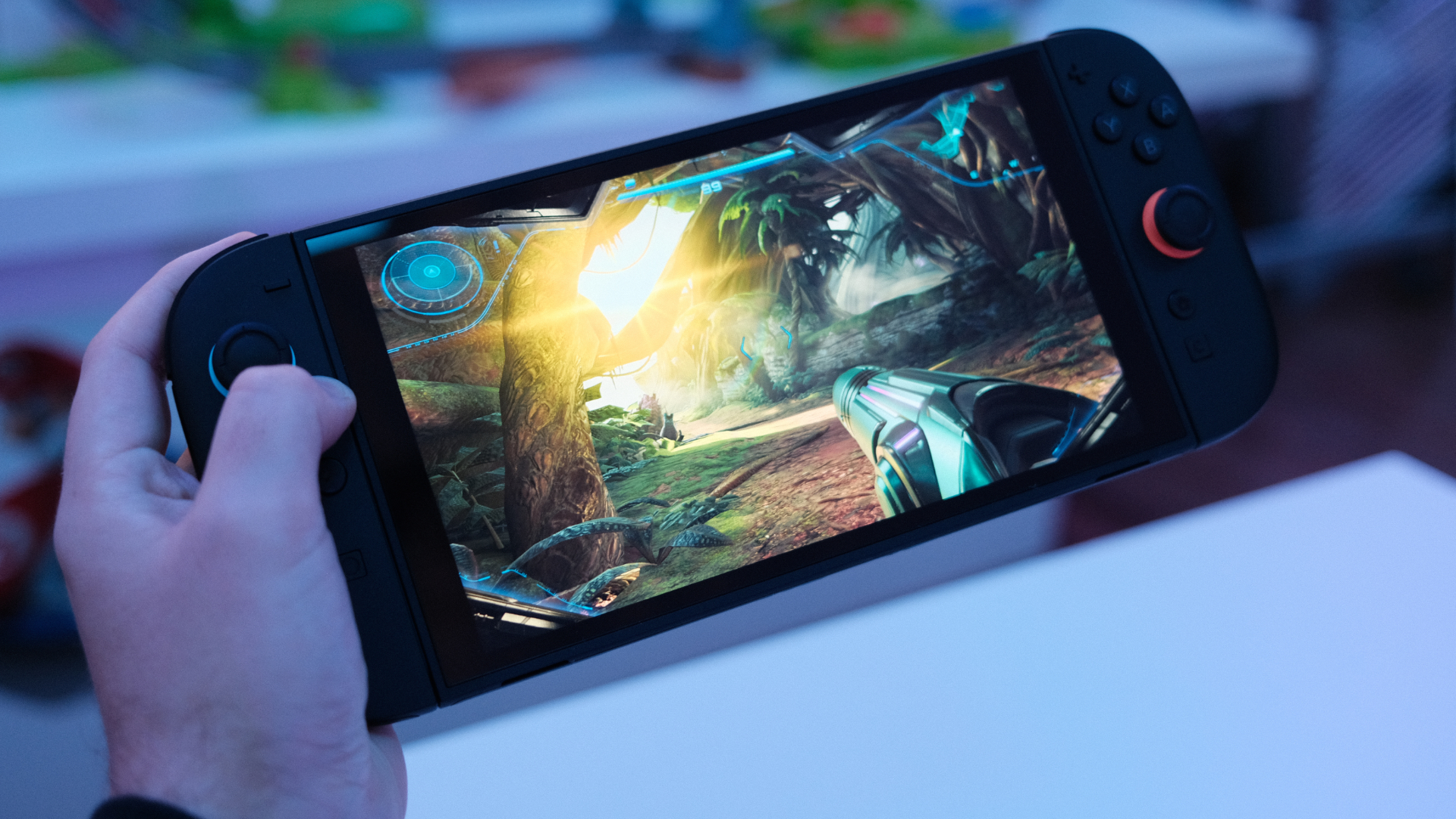I travelled to Nintendo HQ to play this long-awaited shooter, and was amazed at the results – with one big exception that people might hate
Metroid Prime 4 could shock some people


When you survey Nintendo's release plans for this holiday season, it's obvious that quite a lot is riding on Metroid Prime 4: Beyond, which aims to capture a heck of a lot of interest when it arrives on Switch 2 and Switch 1 in early December, but comes with the weight of years of expectation. After all, there was a time when it looked like this game might never actually come out.
One doesn't often associate Nintendo with stories of development hell, but it's pretty clear by now that Metroid Prime 4 has been completely rebooted internally at least once, and has taken some eight years to come out since first being announced. Last week I got to finally play it for a chunky 90 minutes or so, at Nintendo's UK headquarters, and what I found was simultaneously very familiar and at times really surprising.
Follow T3.com on Google News to keep our latest news, insights, and features at the top of your feeds!
Nintendo being Nintendo, the slices of game I was allowed to access were tightly managed. First, I played the 20-minute opening sequence, in which Samus arrives on a base under attack, with a Space Pirate fleet led by the game's spiky-suited villain Sylux stealing a valuable artefact. This was the most mainstream, cinematic opening to a Nintendo game I've ever encountered, more like the start of a Call of Duty campaign than anything from Metroid's lineage.
Explosions rock the background, there are NPC soldiers everywhere giving you their take on things, and the amount of voice acting stands out immediately. Once Sylux has his artefact, though, things slow down. I was forcibly skipped forward to the game's first real zone, on a mysterious planet that Samus is transported to, and which she must escape by collecting teleporter keys from various regions.
I explored a jungle zone called Fury Green, for over an hour, and it was right out of the classic Metroid playbook in many ways. We're talking about having all your powers stripped away to leave you searching for power-ups and upgrades the whole time, and a gentle introduction to Samus' new psychic powers, building up to a big tentacle-bound boss that requires you to use said powers to win.
All of this was slick and low on friction, and left me with ample time to explore the game's visual and control options. In handheld play, you'll choose between 1080p at 60fps, or 720p at 120fps; in docked play, that choice is 4K at 60fps or 1080p at 120fps (if you have a display that supports it).
Swapping between the two plenty, I can't deny the added smoothness of the two 120Hz modes, but in docked play, the Quality mode was a clear winner for me – the added sharpness was really noticeable, and with no multiplayer worries, I don't need the added frames. In handheld play, things were much closer, though, and that smoothness might win out.
Get all the latest news, reviews, deals and buying guides on gorgeous tech, home and active products from the T3 experts
Like some other recent Switch 2 releases (more so, in fact, since there will be a Switch 1 version I didn't get to try), Metroid Prime 4 looks and feels like a game that started life on a lower-powered console, then got an upgrade. That's no bad thing, but it does limit the extent to which it can stand as a proper example of what a first-party team can do with the Switch 2's firepower.

I also used both mouse mode and the standard sticks for aiming, and similarly found that I leaned towards the traditional. Mouse mode is cool, and it works, but in a game built around lock-on like Metroid Prime, it doesn't feel like the edge it offers is really needed, and I soon reverted away from it.
If mouse mode is a novelty that's new to the series, there's one huge element that I think will draw attention in the slice of game I played: the presence of other speaking characters. Specifically, during the Fury Green section, I was paired with a stranded pilot called Myles who, to put it bluntly, was extremely annoying. Quipping and stating the obvious were his default modes, and it all made for a far less sombre and melancholy atmosphere than might have been the case without him.
I like that depressing tone, but I can see how it's not something that might help the game find a wider audience, and there's the whiff of focus-testing about Myles' inclusion. If he's a one-off and the rest of the game is way quieter, that's no problem, but if his presence was indicative of the whole shebang, then it'll be interesting to see if it works.
That foible aside, this looks like a potentially strong return for the series, and what I played left me in no doubt that its fundamental gameplay should work a treat. That tone might be up for discussion, but I'll know a lot more when I get my hands on the full game.

Max is T3's Staff Writer for the Tech section – with years of experience reporting on tech and entertainment. He's also a gaming expert, both with the games themselves and in testing accessories and consoles, having previously flexed that expertise at Pocket-lint as a features editor.
You must confirm your public display name before commenting
Please logout and then login again, you will then be prompted to enter your display name.

